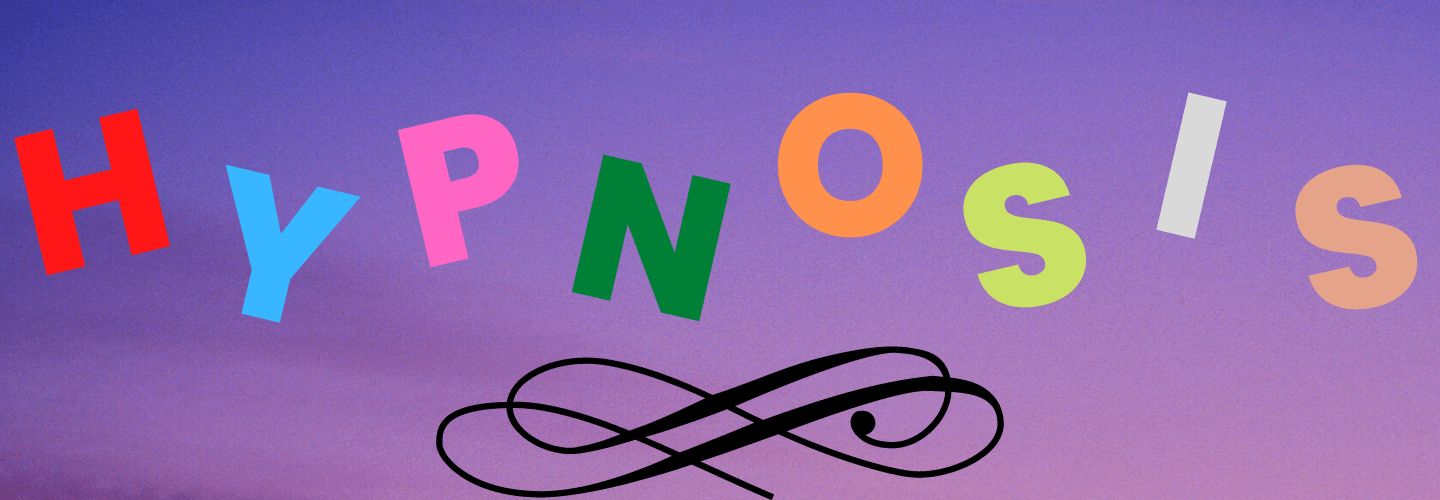
To effectively conquer a fear of frogs, it is essential to explore the origins of this phobia, typically rooted in childhood experiences or traumatic encounters. Techniques such as deep breathing, visualization, and emotional freedom techniques (EFT) offer immediate relief by modulating the body's stress response. Further interventions like hypnosis and cognitive behavioral therapies can profoundly reshape perceptions and reduce anxiety. These methods empower individuals by gradually diminishing the fear response, promising further insights into sustained techniques for managing such phobias.
Key Takeaways
- Practice relaxation techniques like deep breathing to manage immediate stress responses during frog encounters.
- Engage in cognitive reframing to alter negative perceptions and reduce fear of frogs.
- Use systematic desensitization to gradually expose yourself to frogs in a controlled way.
- Try Emotional Freedom Techniques (EFT) to tap on specific body points, reducing anxiety and balancing energy.
- Explore hypnosis to access your subconscious and restructure fear-based reactions towards frogs.
Understanding the Origins of Your Fear of Frogs
Understanding the origins of a fear of frogs often involves delving into past experiences that may have triggered this specific phobia.
Scientific analysis suggests that fear triggers are often rooted in childhood experiences. For instance, a traumatic encounter with frogs at an early age can imprint a lasting fear.
This phobia, known clinically as ranidaphobia, might develop through direct interactions or through observed behaviors of caregivers who exhibited fear themselves.
Analyzing these early interactions helps to pinpoint the foundation of the fear. Such insights are essential for therapists aiming to address and desensitize the phobic response in affected individuals.
Techniques for Immediate Relief From Frog Phobia
Several immediate relief techniques are available for individuals suffering from ranidaphobia, or the fear of frogs.
Breathing techniques, particularly deep breathing, help regulate the body's response to stress, lowering heart rate and reducing panic symptoms.
Visualization exercises are also effective; they involve mentally picturing a calm, frog-free environment or visualizing oneself handling a situation involving frogs with composure and confidence.
These methods activate the brain's relaxation response, offering temporary respite from intense fear.
Hypnosis as a Tool for Deep Emotional Healing

While many individuals grapple with the challenges of overcoming deep-seated fears, hypnosis emerges as a powerful tool for facilitating profound emotional healing. Hypnosis benefits individuals by accessing the subconscious mind, enabling emotional release and the restructuring of fear-based reactions. Through a controlled environment, hypnosis guides the person to confront and reframe their perceptions about frogs, gradually diminishing the fear response.
| Aspect | Description | Impact on Fear |
|---|---|---|
| Subconscious Access | Engages deeper mental layers | Reduces intensity |
| Emotional Release | Facilitates release of suppressed emotions | Promotes healing |
| Perception Reframing | Alters negative associations | Decreases fear |
| Controlled Environment | guarantees safety during exploration | Increases comfort |
| Guided Imagery | Uses positive visualizations | Enhances coping |
This strategic approach leverages hypnosis for lasting change and emotional resilience.
Incorporating EFT to Reduce Anxiety Around Frogs
Building on the foundation set by hypnosis for addressing deep-seated fears, Emotional Freedom Techniques (EFT) offer a complementary method for individuals struggling with a phobia of frogs.
EFT techniques utilize specific tapping sequences on meridian points to balance the body's energy and alleviate anxiety symptoms. This process involves vocalizing emotional concerns while methodically tapping points on the head and chest, aiming to release emotional blockages.
Research indicates that these sequences can considerably reduce anxiety levels, providing a pragmatic approach to managing frog-related fears. EFT's structured nature makes it a potent tool for individuals seeking immediate relief from phobic reactions.
The Role of NLP in Transforming Your Fear

Neuro-Linguistic Programming (NLP) offers a powerful framework for reshaping the psychological landscape of individuals with a phobia of frogs.
Utilizing NLP techniques, practitioners engage in fear reframing and belief transformation to reprogram the mind's response to frogs. Key methods include altering language patterns that perpetuate fear and integrating visualization strategies that depict positive encounters with frogs.
This approach not only modifies how individuals perceive frogs but also fundamentally changes their emotional reactions. By systematically addressing and reconstructing the neural pathways associated with fear, NLP facilitates a profound shift in both thought and behavior, paving the way for lasting change.
Empowerment Through Cognitive and Behavioral Changes
Empowering individuals to overcome their fear of frogs involves significant cognitive and behavioral changes. The process integrates a range of empowerment strategies, focusing particularly on cognitive reframing, which assists in altering negative perceptions and reactions towards frogs.
This strategic approach is not only about managing fear but transforming the individual's entire response system to frogs.
- Cognitive Reframing: Redefine personal narratives concerning frogs.
- Systematic Desensitization: Gradual exposure reduces sensitivity.
- Relaxation Techniques: Employ deep breathing during exposure.
- Positive Reinforcement: Reward progress to solidify gains.
- Educational Engagement: Learn about frogs to demystify fears.
These methods collectively foster a resilient and empowered mindset.
Maintaining Progress and Preventing Relapse

Maintaining progress after overcoming a phobia requires diligent effort and strategic planning to prevent relapse.
Relapse prevention is essential, involving continuous monitoring of one's emotional state and reactions to potential triggers. Progress tracking plays a significant role, offering measurable benchmarks that reflect improvements and areas needing attention.
Individuals should employ structured methods to track their encounters and responses to frogs, documenting both successes and setbacks. This systematic approach facilitates the identification of patterns and early warning signs of regression.
Frequently Asked Questions
What Is the Scientific Name for the Fear of Frogs?
The scientific name for the fear of frogs is ranidaphobia. This condition often involves anxiety triggers that may benefit from psychological treatment, such as cognitive-behavioral therapy or exposure techniques, to manage and reduce symptoms effectively.
Are There Any Cultural Influences That Exacerbate Frog Phobia?
Cultural influences, such as folklore beliefs linking frogs with evil spirits in some societies, exacerbate frog phobia. This cultural symbolism heightens anxiety and fear, especially among individuals exposed to such narratives from a young age.
Can Watching Movies Featuring Frogs Help Reduce My Fear?
Watching frog-themed movies, particularly those utilizing animation effects, might desensitize individuals to their fear by repeatedly exposing them to benign representations, hence potentially reducing anxiety associated with real-life encounters with frogs.
How Do Children Typically React to Frogs Compared to Adults?
In the domain of nature's encounters, child reactions to frogs are often marked by curiosity and excitement, contrasting sharply with adult perceptions, which skew towards caution and discomfort, reflecting deeper, ingrained anxieties.
Do Certain Climates or Seasons Increase Encounters With Frogs?
Certain climates and seasons influence frog behavior, increasing encounters due to favorable breeding conditions. Warm, wet environments particularly enhance seasonal patterns of activity, leading to heightened visibility and interactions during specific times of the year.
Conclusion
As the curtain falls on the journey through the shadowy domains of ranidaphobia, the path forward glistens with promise. Envision a serene pond, once a place of dread, now a symbol of tranquility, reflecting the success of transformative therapies. Armed with knowledge and new coping strategies, individuals can now navigate their world with newfound confidence, leaving the paralyzing fear of frogs behind like fading ripples on water's surface, a proof of the power of psychological rebirth.





